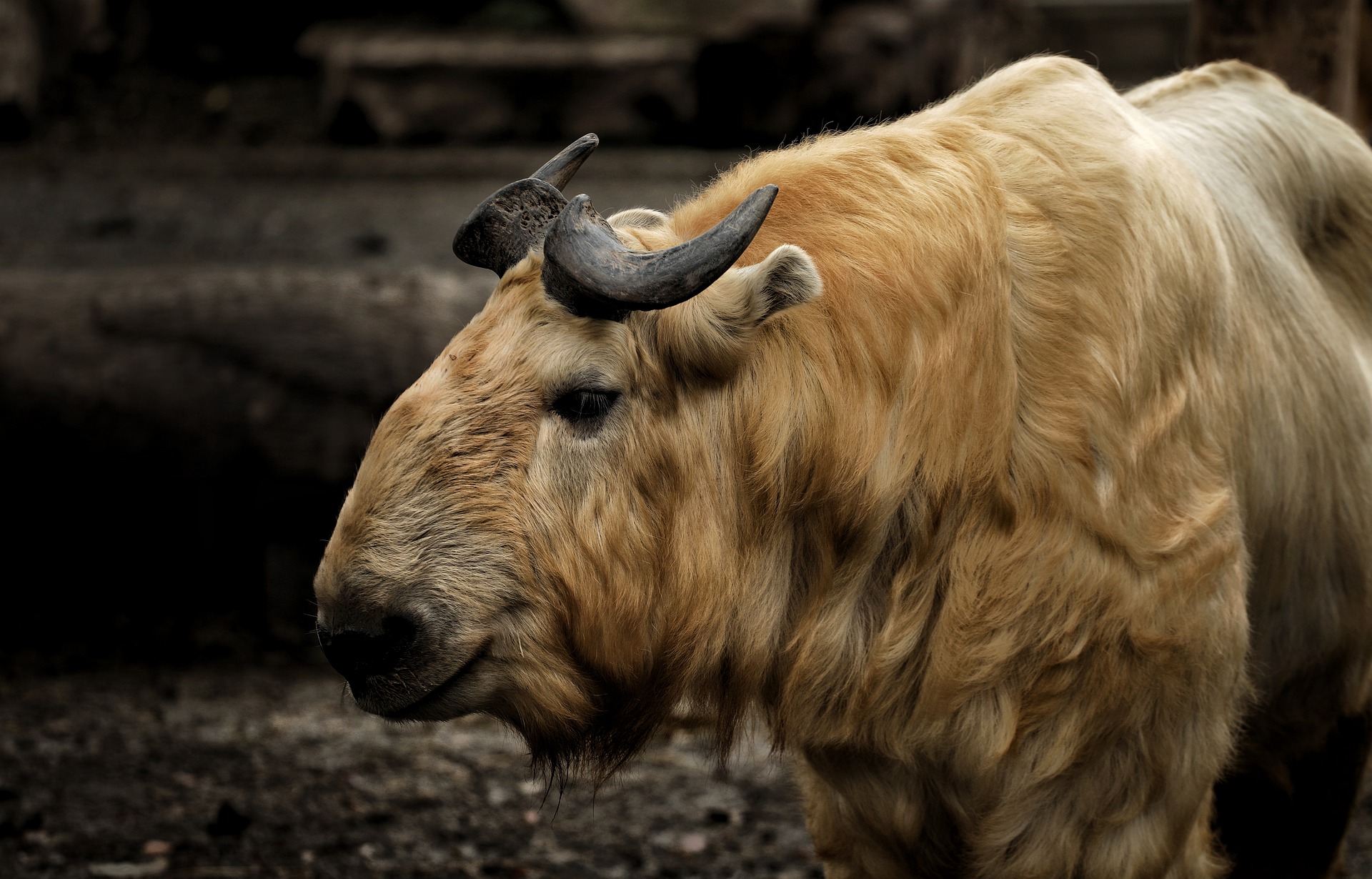
A Griffith University ecologist has played a key role in new research that has found the promotion of 'flagship' species by conservation groups to attract donations can deliver significant benefits for threatened, 'less charismatic' animals – when backed by scientific evidence and effective resource priorisation.
Dr Ali Chauvenet from Griffith's Environmental Futures Research Institute said the research, published in Nature Communications, aimed to address the conflict between how conservation funding was raised and spent.
Dr Chauvenet, is part of an international team including Macquarie University, University of Queensland, the UK's Durrell Institute of Conservation and Ecology (DICE), the University of Oxford, and conservation NGO WildArk.

"Conservation non-government organisations tend to use 'flagship' species (lions, tigers, elephants) to attract funding from donors, but there is a general belief that those species get a disproportionate amount of money, which could leave a lot of worthy but less charismatic species with less than they need," Dr Chauvenet said.
"We can also use this method to identify places and associated flagship species that are a conservation priority in Australia. Flagship species share common features which are a relatively large body size and forward-facing eyes; they are many species in Australia that meet these criteria."
Through a novel prioritisation approach, the researchers identified places around the world that are most important for conserving the ecosystem functions we all depend on, from wildlife to carbon storage.
They also identified a suite of charismatic species that could be used to fundraise in those important places – for example, the less known takin (Budorcas taxicolor), a large Himalayan ungulate otherwise known as the 'gnu goat', and red-eared guenon (Cercopithecus erythrotis), a forest-dwelling West African monkey.
Dr Chauvenet helped design a custom framework that identified priority places for conservation that also played host to suitable flagship species for maximizing fundraising efforts.
"We used data more than 19,000 terrestrial and freshwater species worldwide, combined with data on protected areas – such as national parks and nature reserves – and the distribution of human impacts, to identify the most efficient network of locations that represented global terrestrial and freshwater biodiversity."
Dr Chauvenet said the findings provided the first strong evidence that prudently selected flagships could both raise funds for conservation and help target where these resources were best spent to conserve biodiversity.
"We show that by being clever when selecting flagship species, we can achieve great outcomes for biodiversity and critical ecosystems in the future.
"What makes this research amazing is that it's a collaboration with a conservation NGO (WildArk) who are now implementing the developed method to allocate their resources."
'Conservation prioritization can resolve the flagship species conundrum' has been published in Nature Communications.
Funding for this research was provided to the Department of Biology at Macquarie University by WildArk.org.






